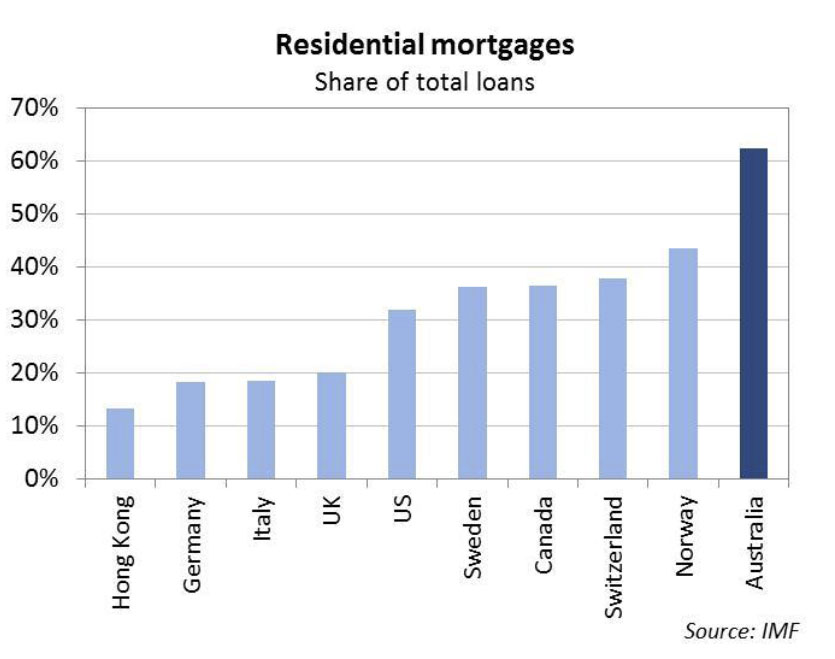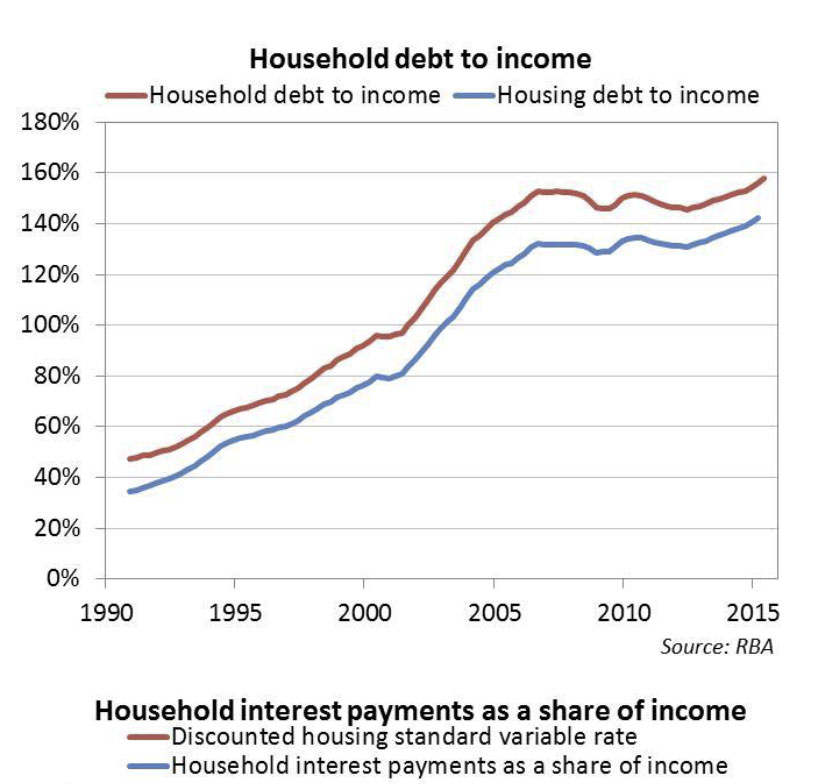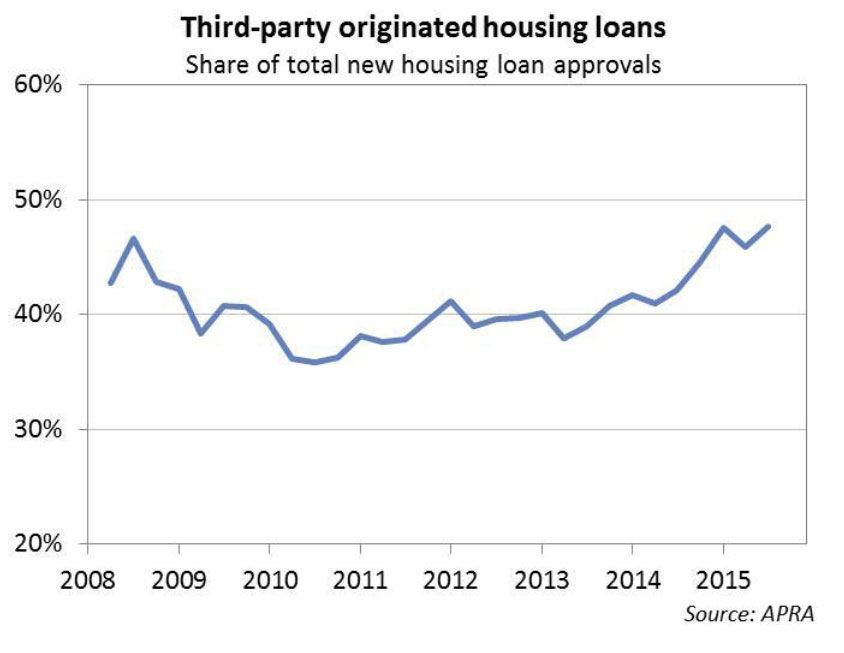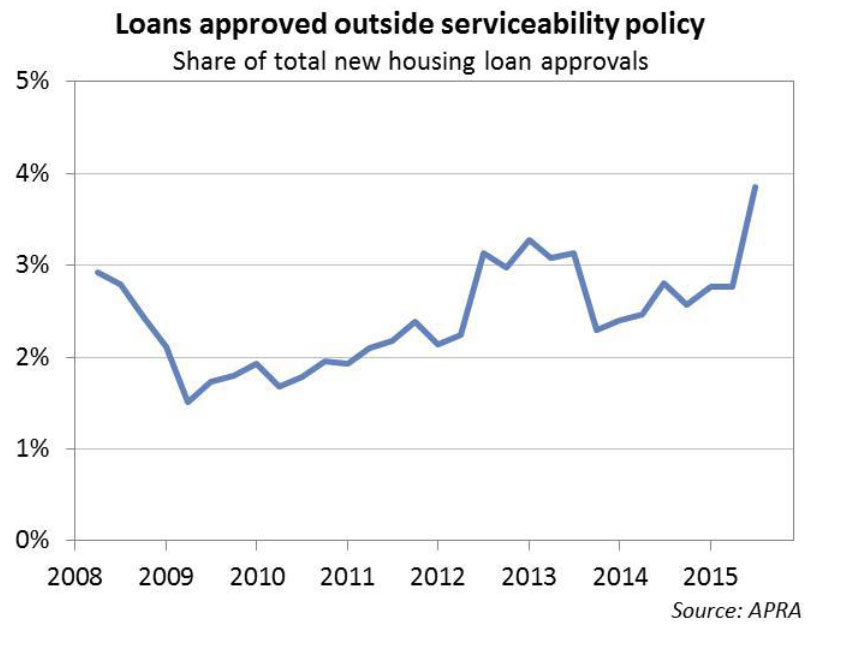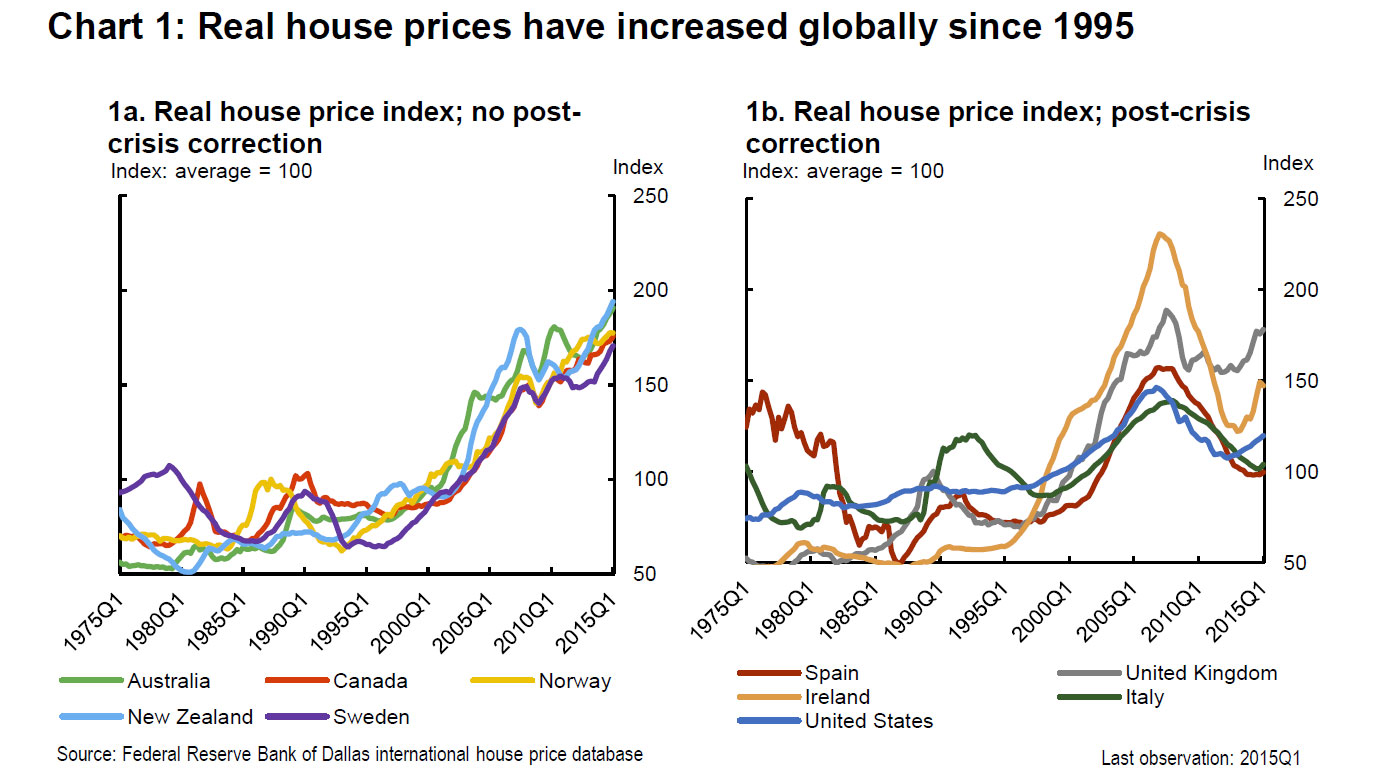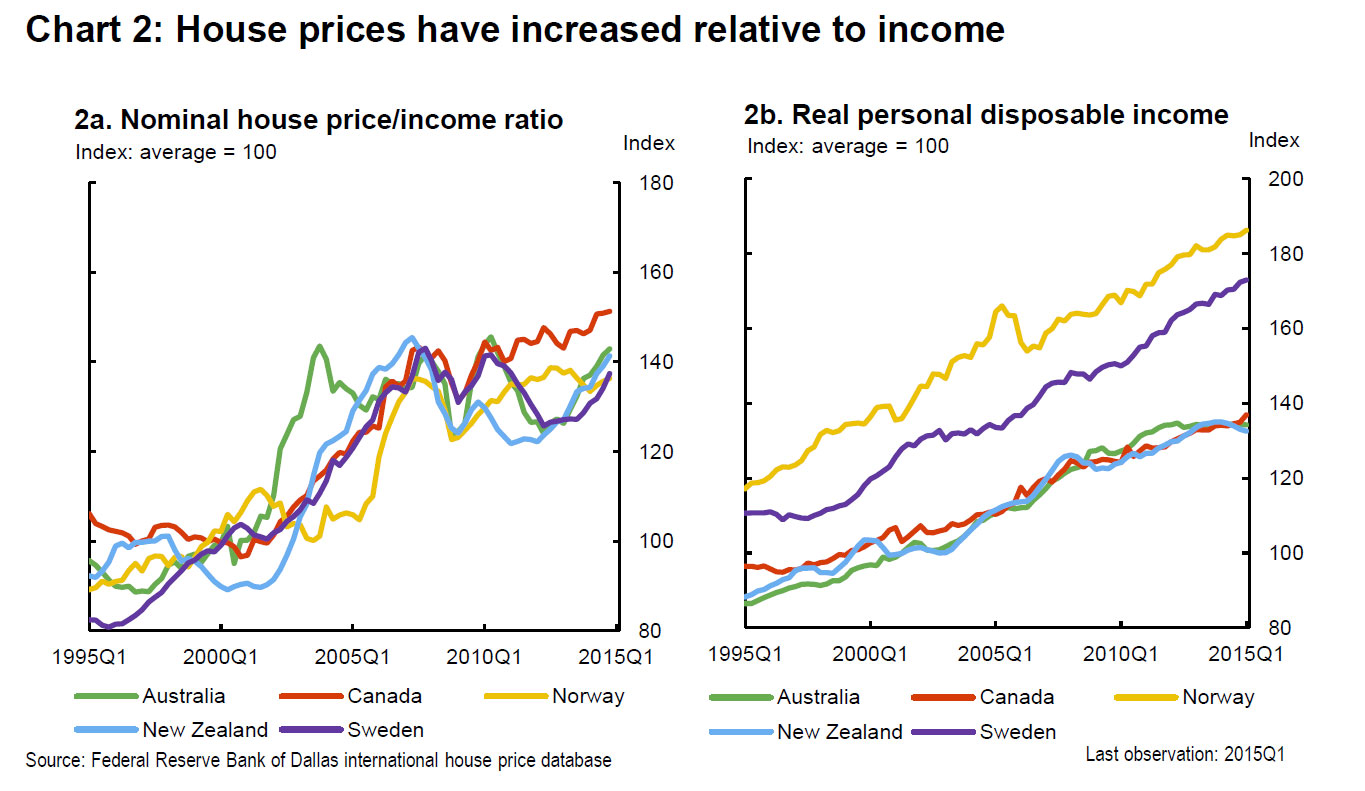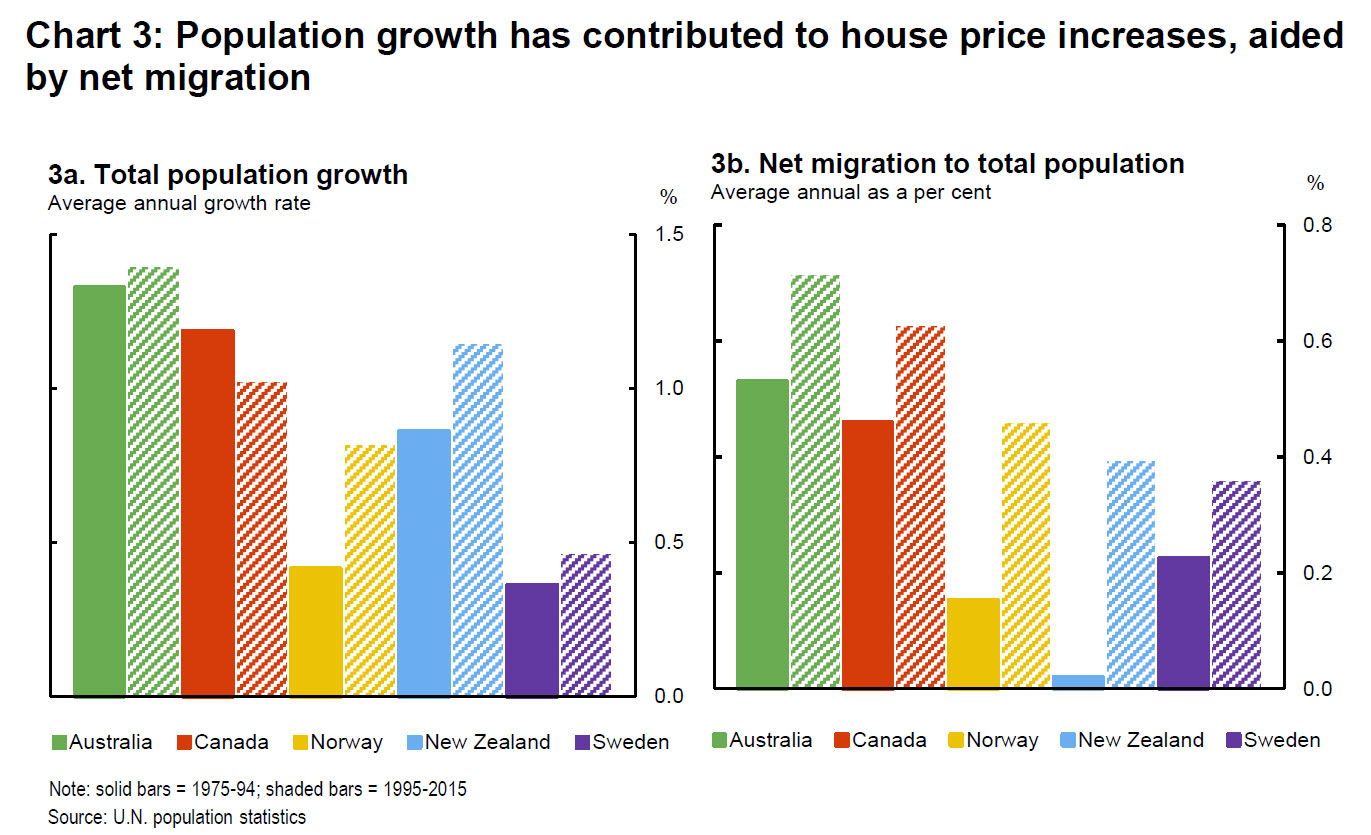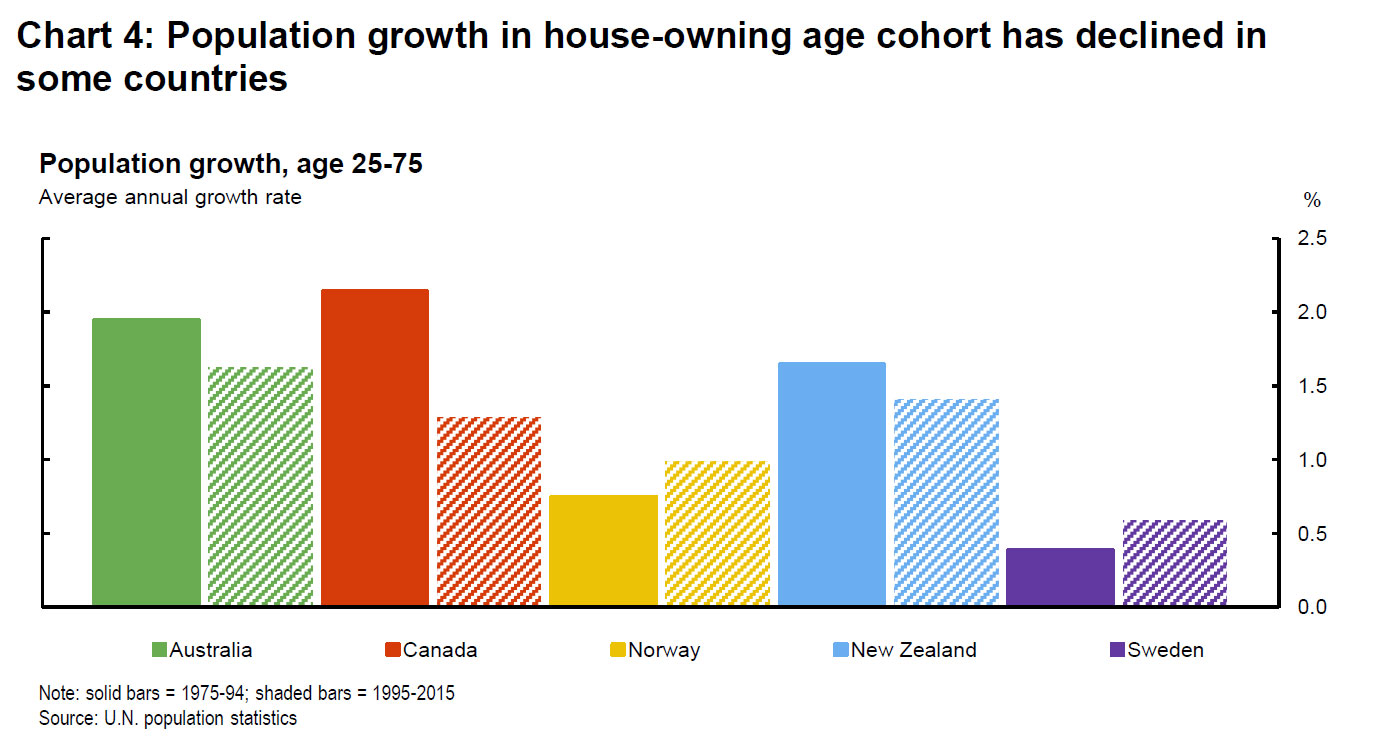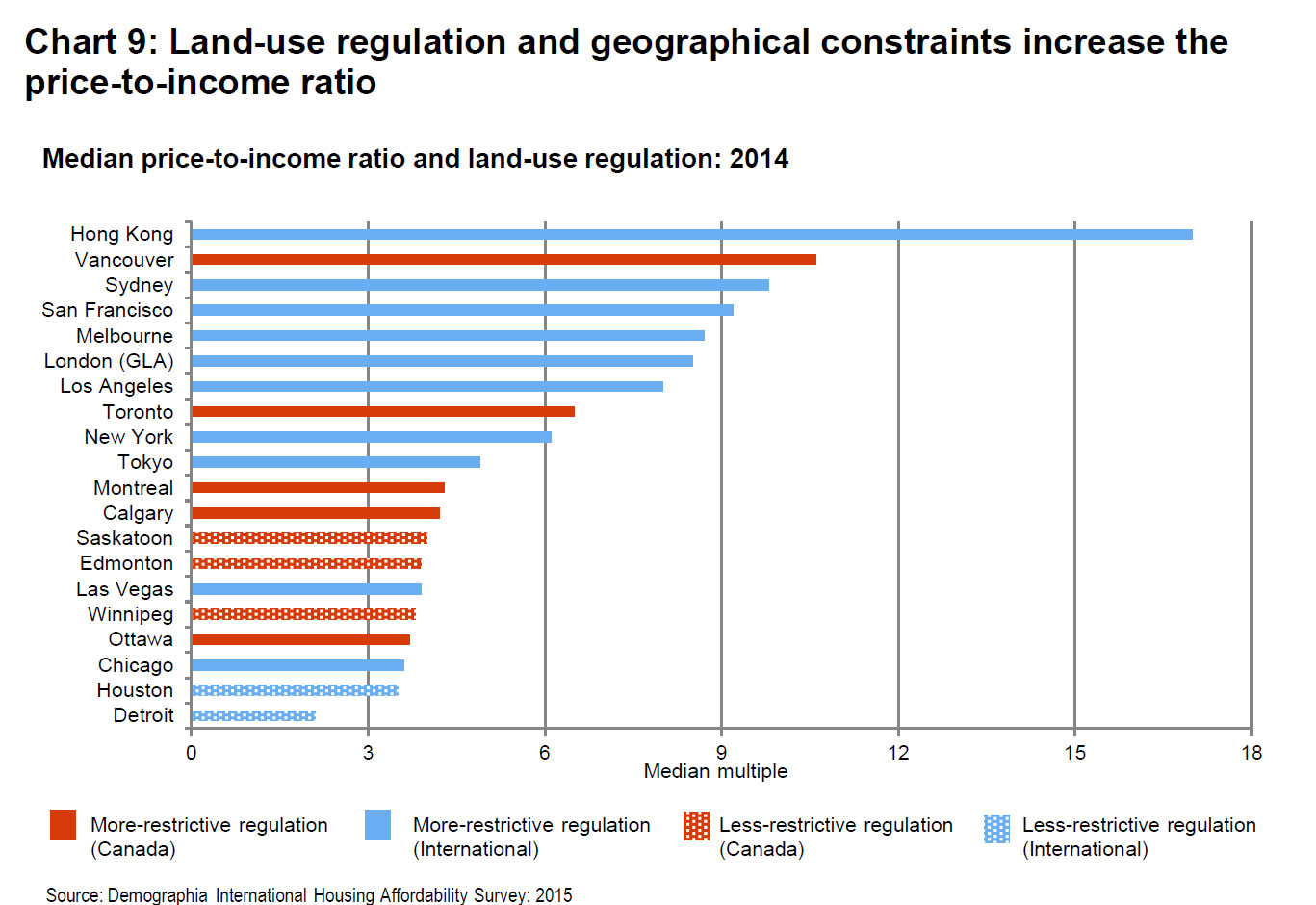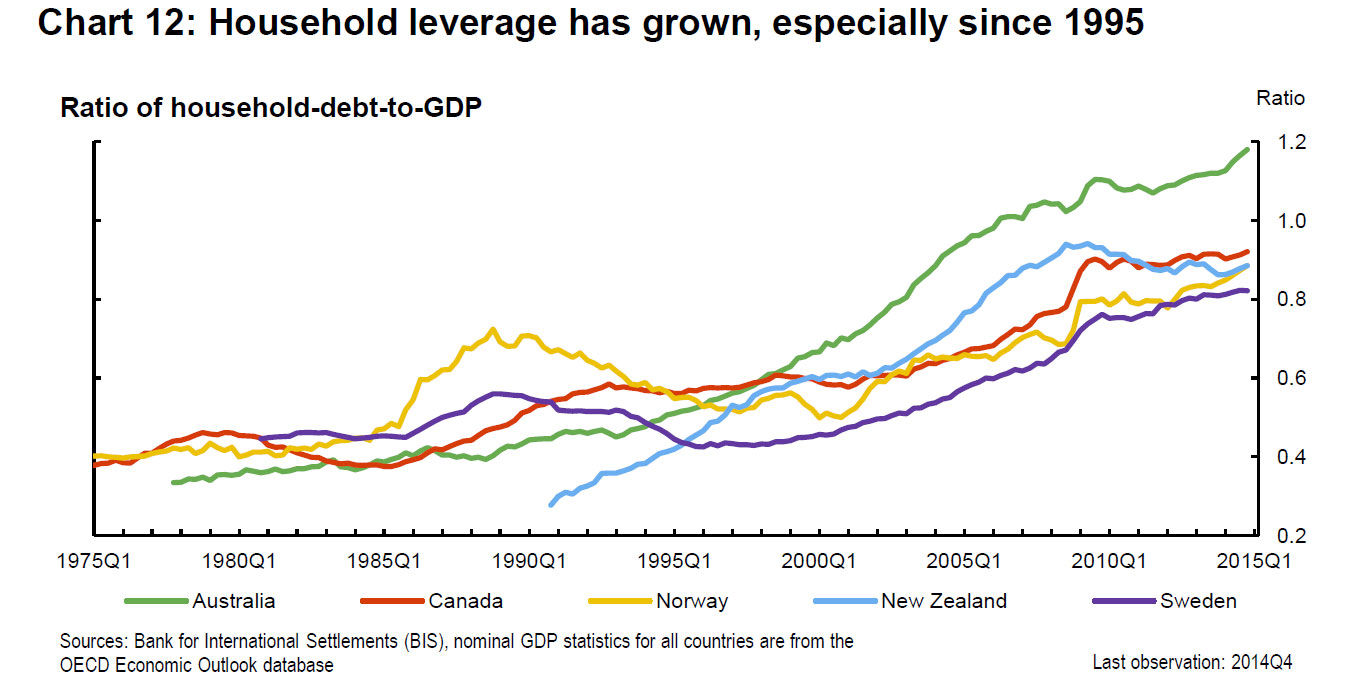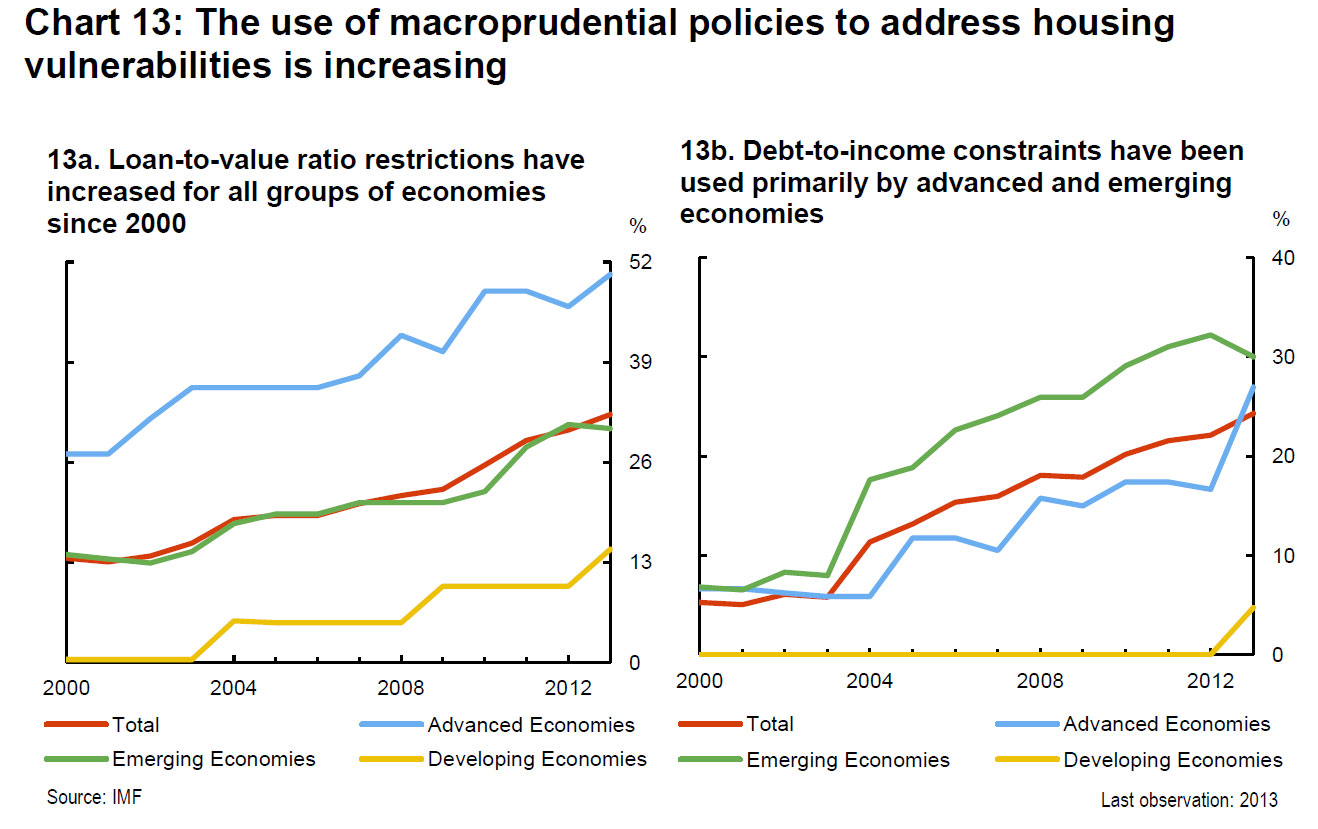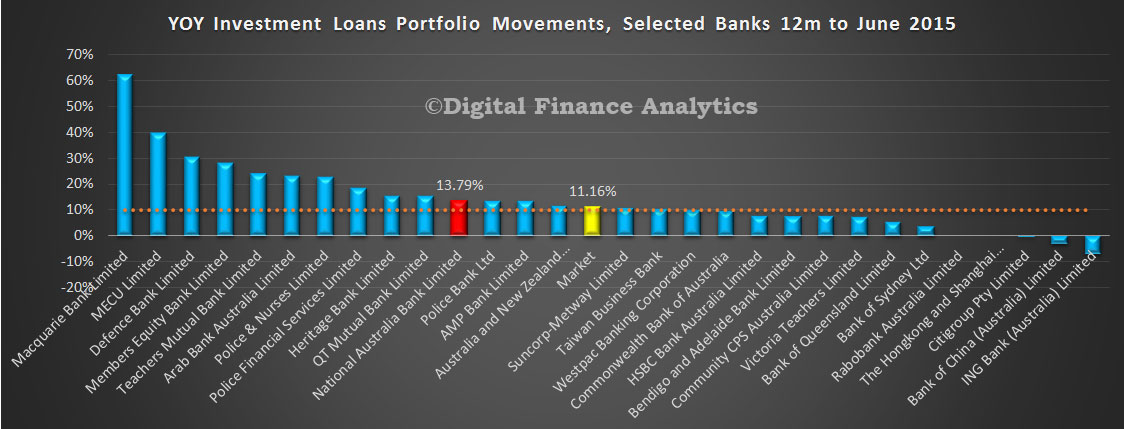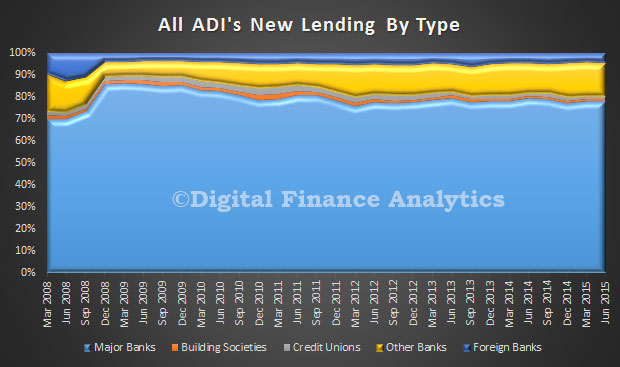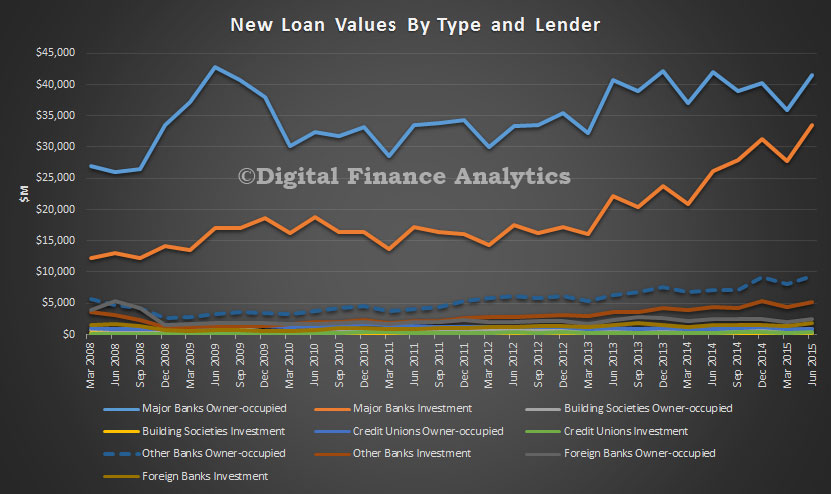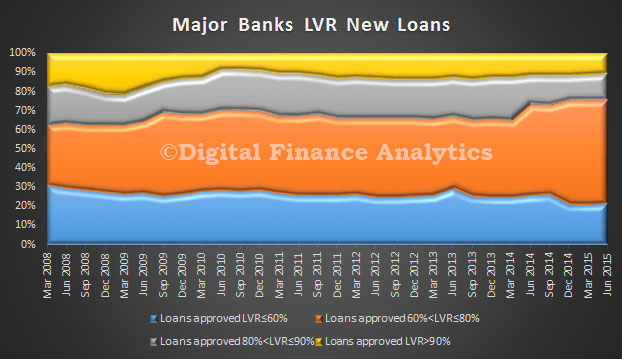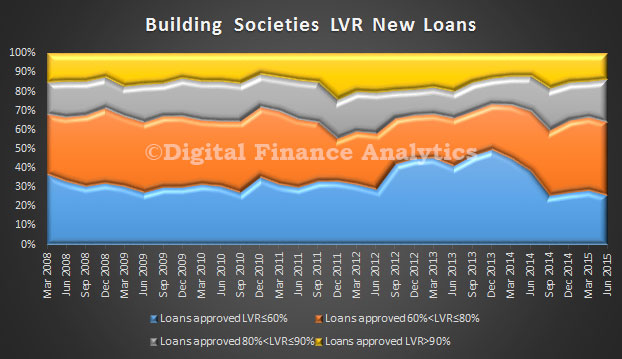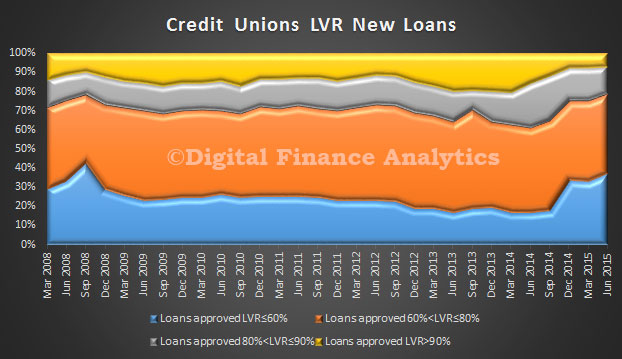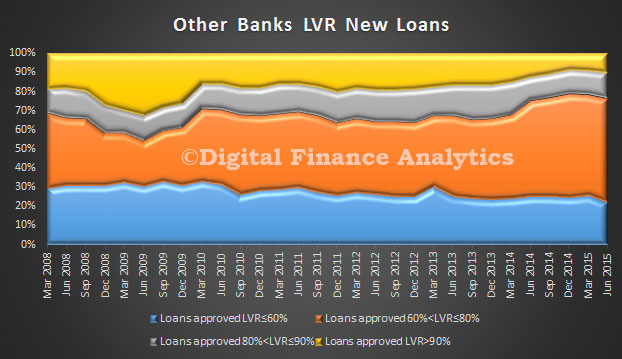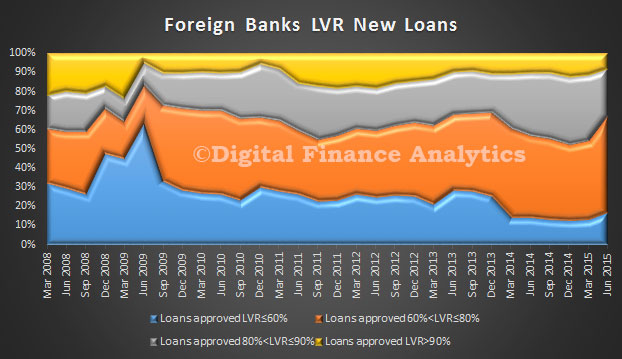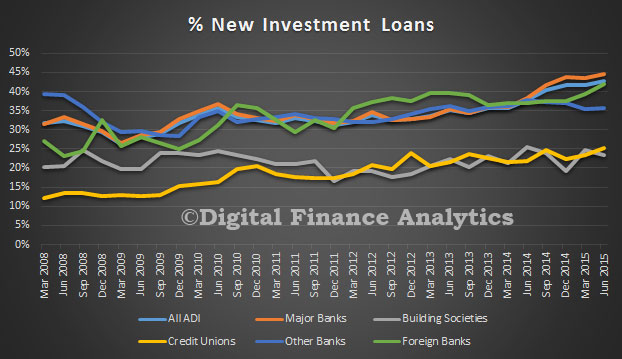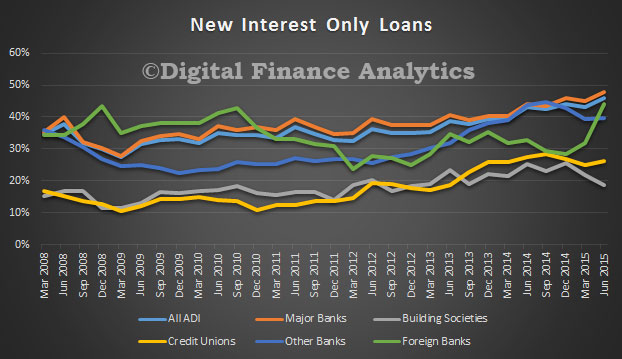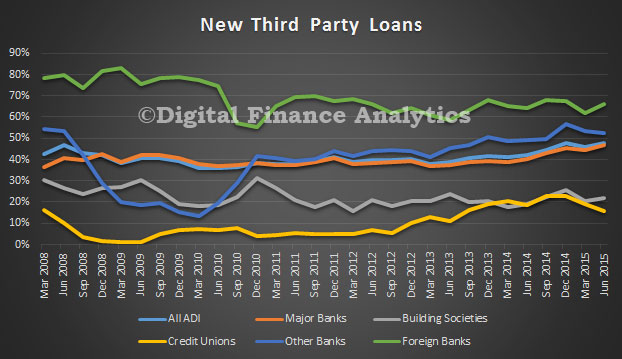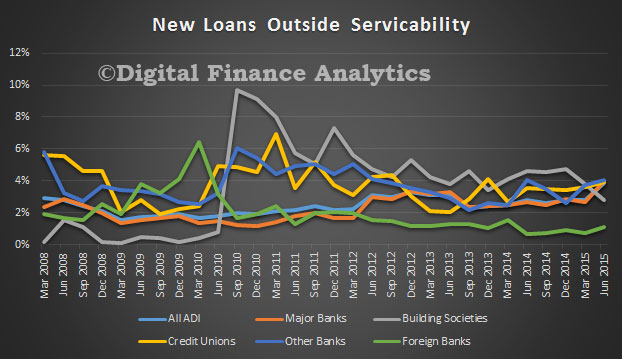RBA Assistant Governor (Financial System) Malcolm Edey’s Opening Statement to the Senate Economics References Committee Inquiry into Matters Relating to Credit Card Interest Rates touches on some important points. The RBA’s full submission is one of 23 made, and is worth reading. The terms of reference for the inquiry are wide ranging. Borrowings on cards are worth more than $41bn.
The economic effect of matters including the difference between cash rates and credit card interest rates, with particular reference to:
- the Reserve Bank of Australia‘s cash rate announcement and associated changes in credit card interest rates;
- the costs to banks, credit providers, and payments systems, including those related to:
- borrowings,
- credit risk and default rates, and credit risk pricing,
- various credit card loyalty programs, and
- consumer protection measures, including reforms introduced following the global financial crisis,
- transaction costs, including interchange fees, on the payments industry;
- the costs to consumers, including those related to:
- how and when interest is applied,
- minimum monthly payment levels,
- various credit card loyalty programs of other users, and
- card fees, including ATM and POS fees;
- what impact competition and price signals have on the credit card market;
- how the enforcement of responsible lending laws and the national consumer credit regime affect consumer costs;
- how consumer choice of credit card products can be improved, with reference to practices in other jurisdictions; and
- any other related matters.
The RBA has also made a number of comments on the cards industry in its recent paper. Now, here are today’s opening comments.
I know the Committee is interested in a number of different aspects of credit card pricing and regulation, and we’ve tried to address those aspects that come within our field of expertise and responsibility in our submission.
As we explain in the submission, credit cards have both a payment and a credit function. The regulatory powers and mandate of the Reserve Bank Payments System Board relate to the payment function. The Board has a mandate to use its powers to promote efficiency and competition in payment systems, consistent with overall stability of the financial system. To that end, the Board has for a number of years regulated card payment systems by setting standards in relation to such matters as interchange fees, surcharging and access.
As you know, the Board is currently undertaking a comprehensive review of those aspects of card payments regulation. I’ll be happy to answer any questions you might have today about how that review is proceeding.
I know the Committee is also very interested in the credit function, and particularly the interest rates on credit cards. That is not something that we regulate, but we have set out in our submission an overview of some of the key facts.
If I may, I’ll just make a few high-level observations about that before we go to questions.
Credit card products vary a lot in the interest rates that they charge. Some of those rates are very high. They’re higher than I think can be easily explained.
Interest rates of the order of 20 per cent on credit cards are not uncommon. The average rate for borrowers who incur interest on credit cards is currently about 17 per cent. After deducting banks’ cost of funds and the cost of credit losses, that would equate to an interest rate margin of more than 10 percentage points.
My advice if you’re in that situation is to shop around. Despite the prevalence of high-rate cards, this is a market where there is some significant competition. There are a lot of card products that offer lower rates and special deals for balance transfers. In many cases, card holders should be able to lower their interest rates by taking advantage of those offers, if they are willing to shop around.
That of course raises questions about why more cardholders don’t take advantage of the lower rates that are on offer, whether there are obstacles to competition and whether there might be some role for regulatory action.
Some cardholders might be unable to switch, for example if they have poor credit histories. That is something that can be looked into, along with the related question of whether there are unreasonable obstacles to switching. Other cardholders might not be aware of the options available, or might have other reasons for not pursuing them. We discuss some of those issues in our submission.
The answers to these questions are not necessarily straightforward, and I think these are areas where the financial regulators can usefully do further work. When I appeared at this Committee in June I indicated that the Bank would consult with other regulators in this area, and we have begun doing that. We will be continuing those discussions at a more senior level at the next meeting of the Council of Financial Regulators next month.
I don’t want to pre-empt what might come out of those discussions, but some of the questions that might be considered are: whether there is a case for improved disclosure in this area; whether there is a need for stronger risk assessment requirements for credit card lending; and to what extent any actions in these areas would fall within the regulators’ existing powers and mandates.
DFA last year highlighted the flows of value within the credit card system, and our analysis suggested that card interest rates ARE too high. Actually the credit card business relies on those who continue to revolve to maintain the value of business. We think that unbundling the payment mechanism from the credit mechanism, and the loyalty element is critical to get to grips with what is going on. We also hope the inquiry considers alternative payment mechanisms as part of the review.

